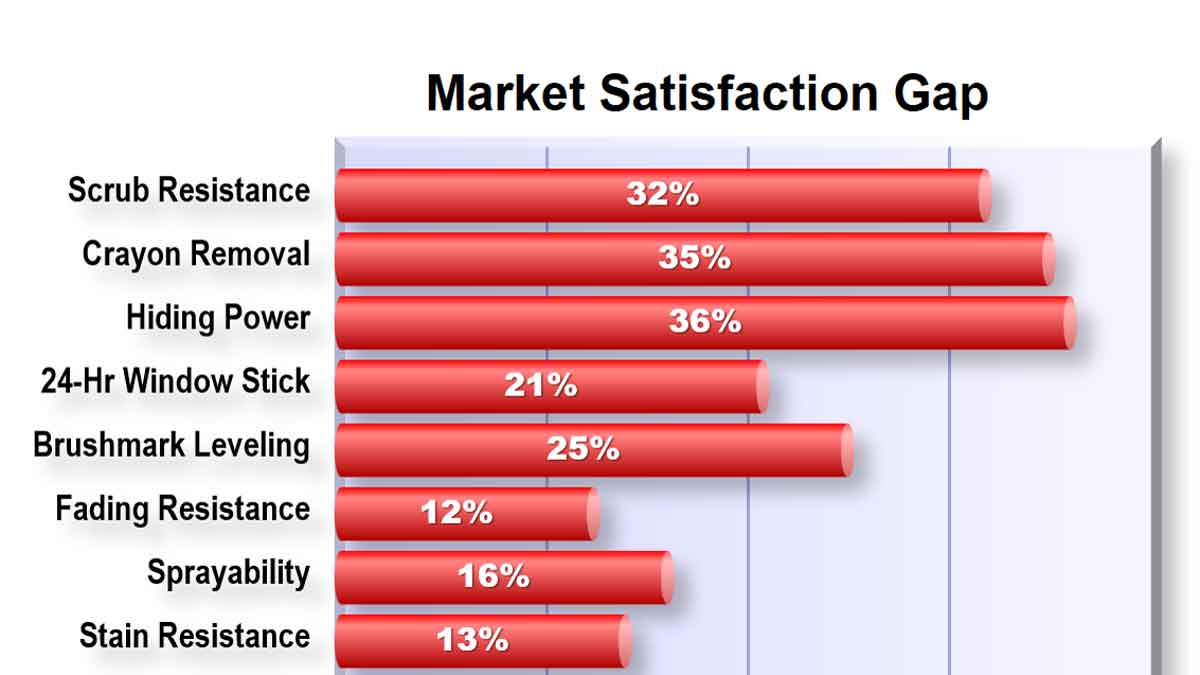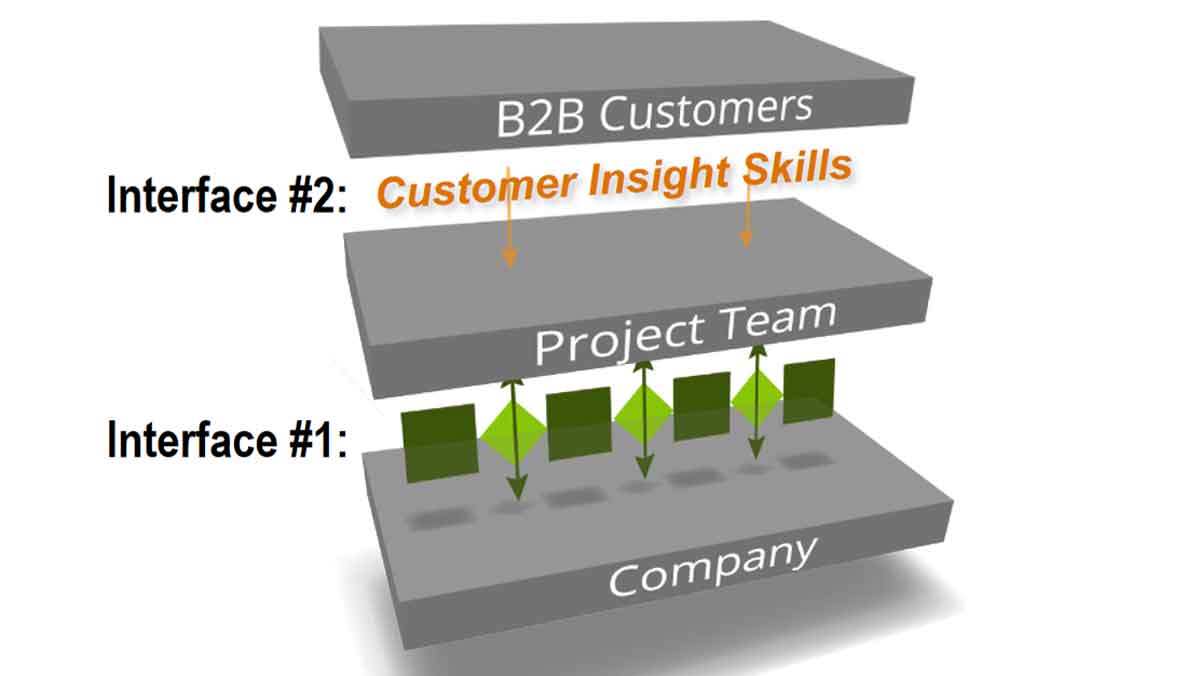We now chuckle at how sales people used to rely on ABC (Always Be Closing) and manufacturers relied on end-of-line inspectors (vs. statistical quality control). But those will pale compared to the way today’s B2B companies test markets: by launching fully-developed products at their customers. When they could have learned customer needs first with some simple interviews. Funny stuff.
More in article, The Inputs to Innovation for B2B
The human brain likes to diverge first (look at all these deserts), and then converge (the chocolate lava cake, please). We shortcut this highly-effective approach when we begin by asking customers if they like our idea, hypothesis, or prototype. First, diverge with an open-minded exploration of all customer needs in B2B-optimized, voice-of-customer interviews. When you converge in a later round of interviews, do so quantitatively, so your confirmation bias doesn’t kick in.
More in e-book, Leader’s Guide to B2B Organic Growth (Lesson 16).
Don’t let your future be “that time you’ll wish you’d done what you’re not doing now.” You’ll be thankful later if you recalibrate your time horizon now… diverting some of your short-term attention to the future of your business. Besides, what you do this quarter is largely a spectator sport. The prices, profits and margins we wring our hands about during financial reviews were determined years ago by the new products created then for customers.
More in e-book, Leader’s Guide to B2B Organic Growth (Lesson 7).
Long ago, clever employees at your company developed industry-leading products. Most of your growth and profits today probably come from these sturdy product platforms. Don’t count on inherited growth continuing: Every year, purchasing agents and competitors are working diligently to commoditize your specialty products. Glad I could cheer you up on this.
More in white paper, Catch the Innovation Wave (page 14).
How about knowing their response before they see it? B2B customers are so knowledgeable that you can model their behavior based on what you learn in customer interviews. Prototypes are still worthwhile—for refinement and engagement. But they’re far too expensive and time-consuming if you do them before conducting insightful B2B customer interviews.
More in article, How to model customer needs
Years of research by Booz Allen Hamilton have shown no correlation between how much you spend on R&D and how well you perform over the long term. A better strategy? Understand what customers want… so your R&D doesn’t develop great cures for no known diseases.
More in article, The Inputs to Innovation for B2B
In Level 1, you start with your ideas and launch products you think customers will want. In Level 2, you still start with your ideas, but “validate” them with customers. In Level 3, you start with customer needs, using divergent and convergent interviews. You uncover a full range of outcomes and only work on those customers care about.
More in white paper, Guessing at Customer Needs (page 7).
You can miss an important customer need… pursue the wrong need… over-design and add unneeded costs… measure customer success the wrong way… overlook a competing alternative… over-estimate what customers will pay… under-value your product… use improper messaging. So many chances to err. Fortunately, B2B producers can use a “science” to avoid all of these.
More in article, How to Avoid New-Product Commercial Risk
Do you have a true team… or just some “emissaries visiting from foreign functional areas”? Winning teams share these traits: a) Management signals this work is a top priority, b) the team leader is enthusiastic and capable, c) team success impacts personal performance reviews, and d) the team members want to be part of this team.
More in article, What’s Restraining Your Growth? Your Time Horizon
This can super-charge your organic growth: Don’t let your R&D conduct any product development work without unbiased, unfiltered data on what customers do and do not want. Market Satisfaction Gaps—based on importance and satisfaction scores for customer outcomes—provide this. You’ll free up enormous resources by working on only what matters.
More in white paper, Catch the Innovation Wave (page 13).
Imagine you spent two years developing a new product, and have just executed your B2B product launch. You’re waiting to tell your boss about exciting new sales… and waiting. As the months go by and you get more feedback from the field, you realize the market has responded to your launch with one big, collective… ... Read More
Your stage-and-gate process is the interface between your company and project teams… doing vital work like preventing mistakes, planning resources, and creating portfolio views. Keep it, but add another interface on top… between the teams and customers. This interface is “customer insights skills.” Together they’re a dynamic duo.
More in white paper, Guessing at Customer Needs (page 9).
This is what product developers call the Ansoff Matrix quadrant where you pursue an unfamiliar market with unfamiliar technology. A great place to kill your career. But you can enter it with confidence when you apply new methods for de-risking transformational projects… moving from uncertainty to certainty to defuse potential “landmines.”
More in article, De-Risking Innovation: How to Thrive in the Suicide Quadrant
In the front end of innovation, though, there are just two ways to fail. An error omission is failing to uncover an unarticulated customer need. An error of commission is choosing the wrong customer need to work on. Funny thing about errors of omission: No one knows you erred… until a competitor launches a blockbuster product.
More in white paper, Guessing at Customer Needs (page 5).













